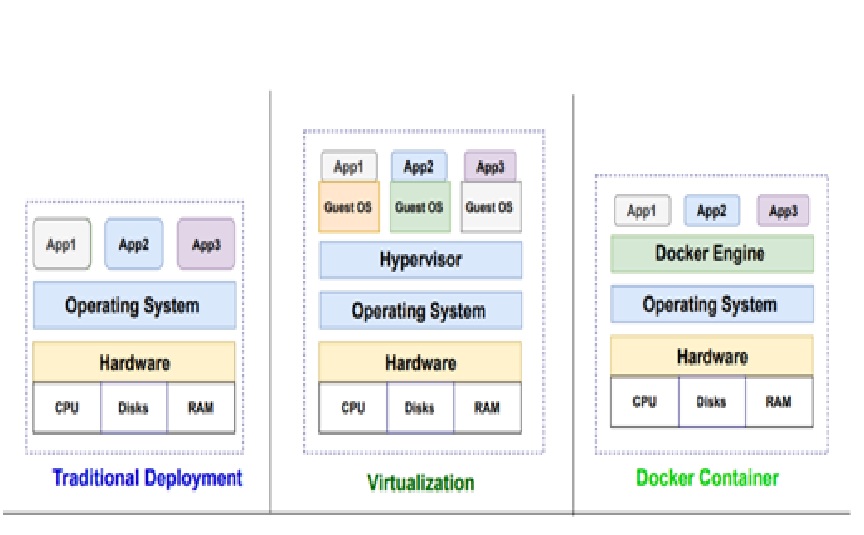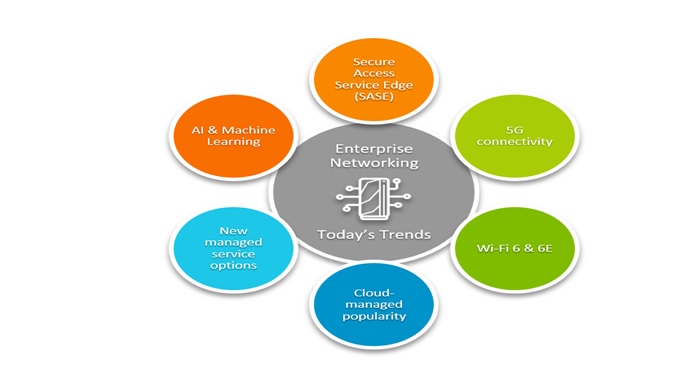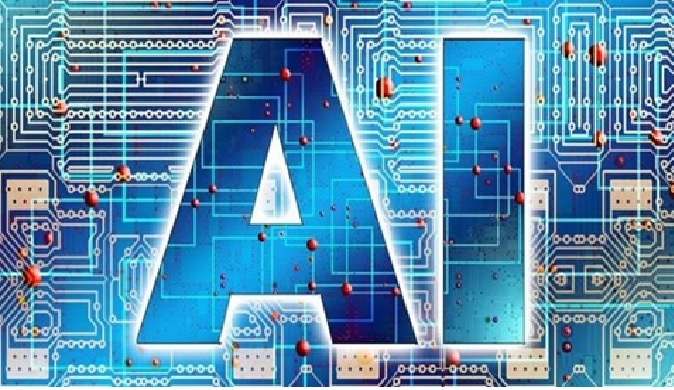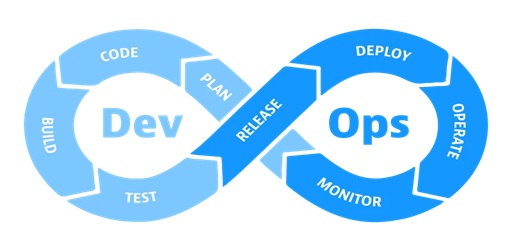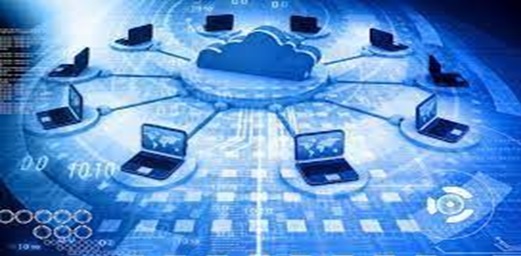Network Function Virtualization (NFV)
The term “Network Functions Virtualization” (NFV) refers to the use of virtual machines in place of physical network appliances. There is a requirement for a hypervisor to operate networking software and procedures like load balancing and routing by virtual computers. A network functions virtualization standard was first proposed at the OpenFlow World Congress in 2012 by the European Telecommunications Standards Institute (ETSI), a group of service providers that includes AT&T, China Mobile, BT Group, Deutsche Telekom, and many more.
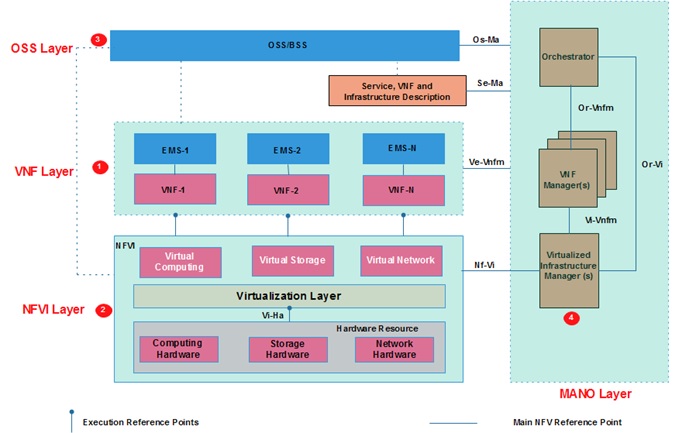
Figure 1. NFV Blocks
Figure 1 shows NFV Blocks. It can be divided into four layers:
- Virtualization Network Function (VNF) Layer
- NFV Infrastructure (NFVI) Layer
- Operation Support Subsystem (OSS) Layer
- Management and Orchestration (MANO) Layer
Separating network functions from hardware yields numerous benefits for the network operator, which include:
- Reduced space needed for network hardware
- Reduce network power consumption
- Reduced network maintenance costs
- Easier network upgrades
- Longer life cycles for network hardware
- Reduced maintenance and hardware costs
References:
- https://www.geeksforgeeks.org/network-functions-virtualization/
- https://www.techplayon.com/network-function-virtualization-nfv-architecture/
- https://www.blueplanet.com/resources/What-is-NFV-prx.html
Cite this article:
Hana M (2023), Network Function Virtualization (NFV), AnaTechMaz, pp.80





